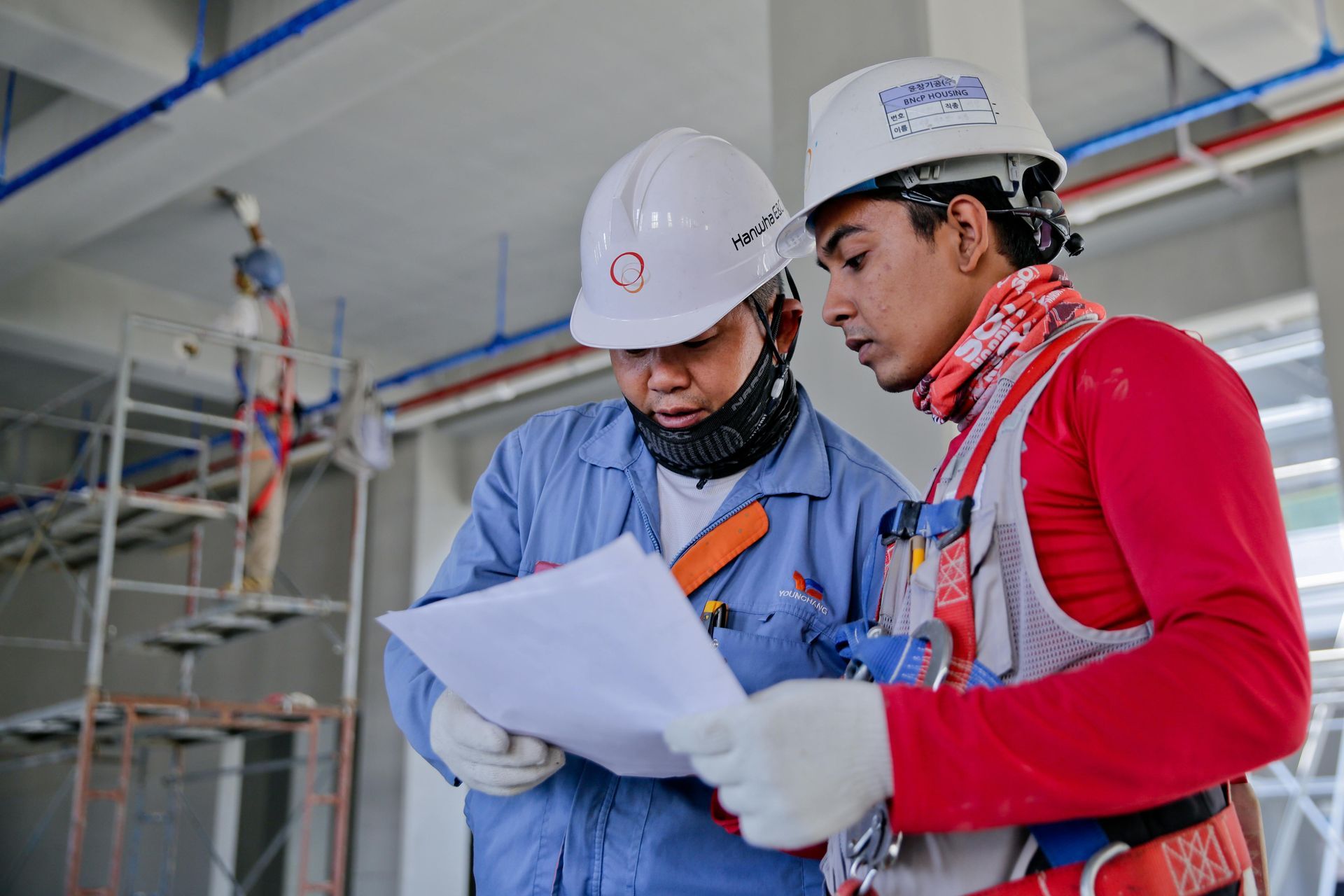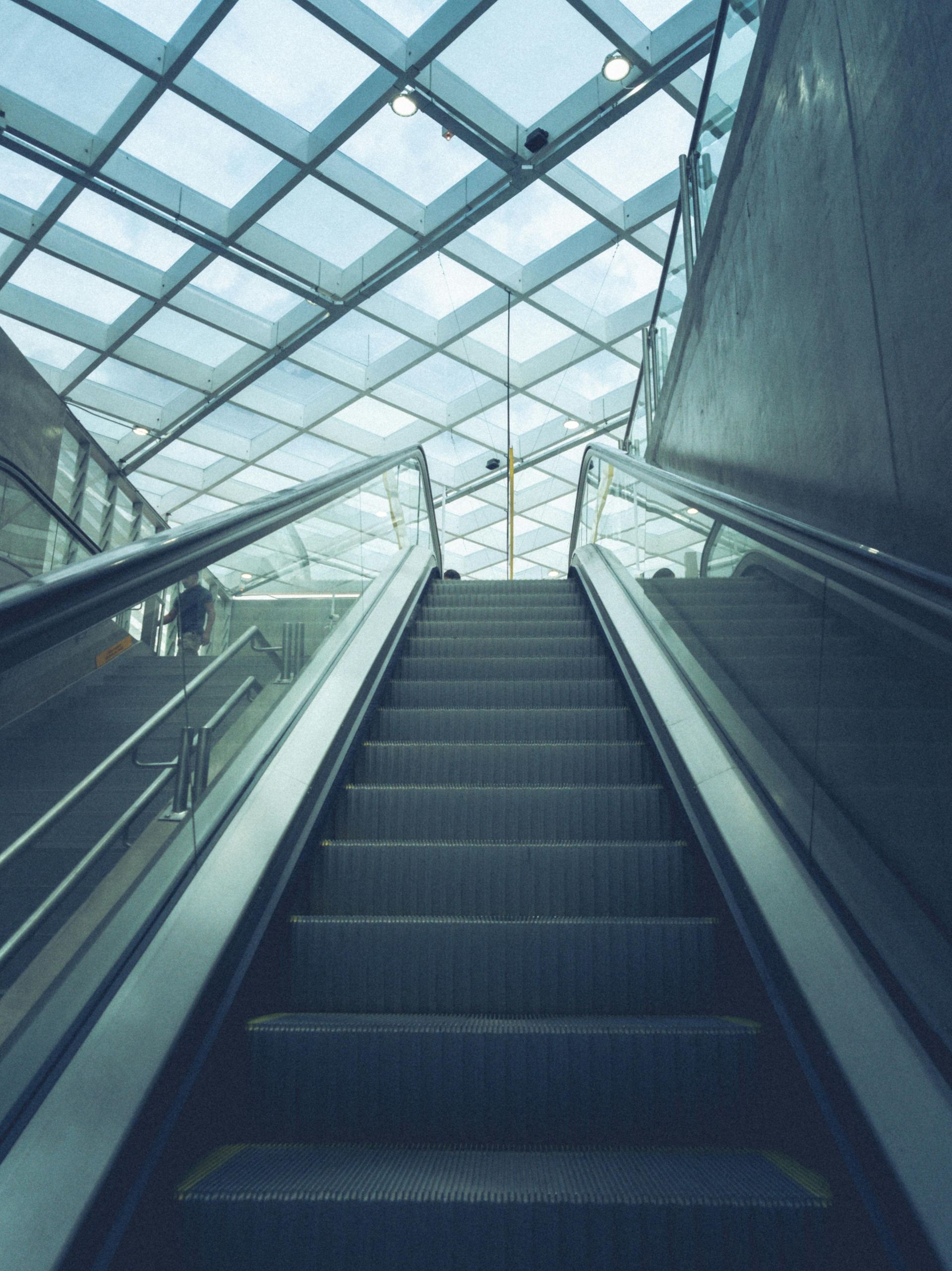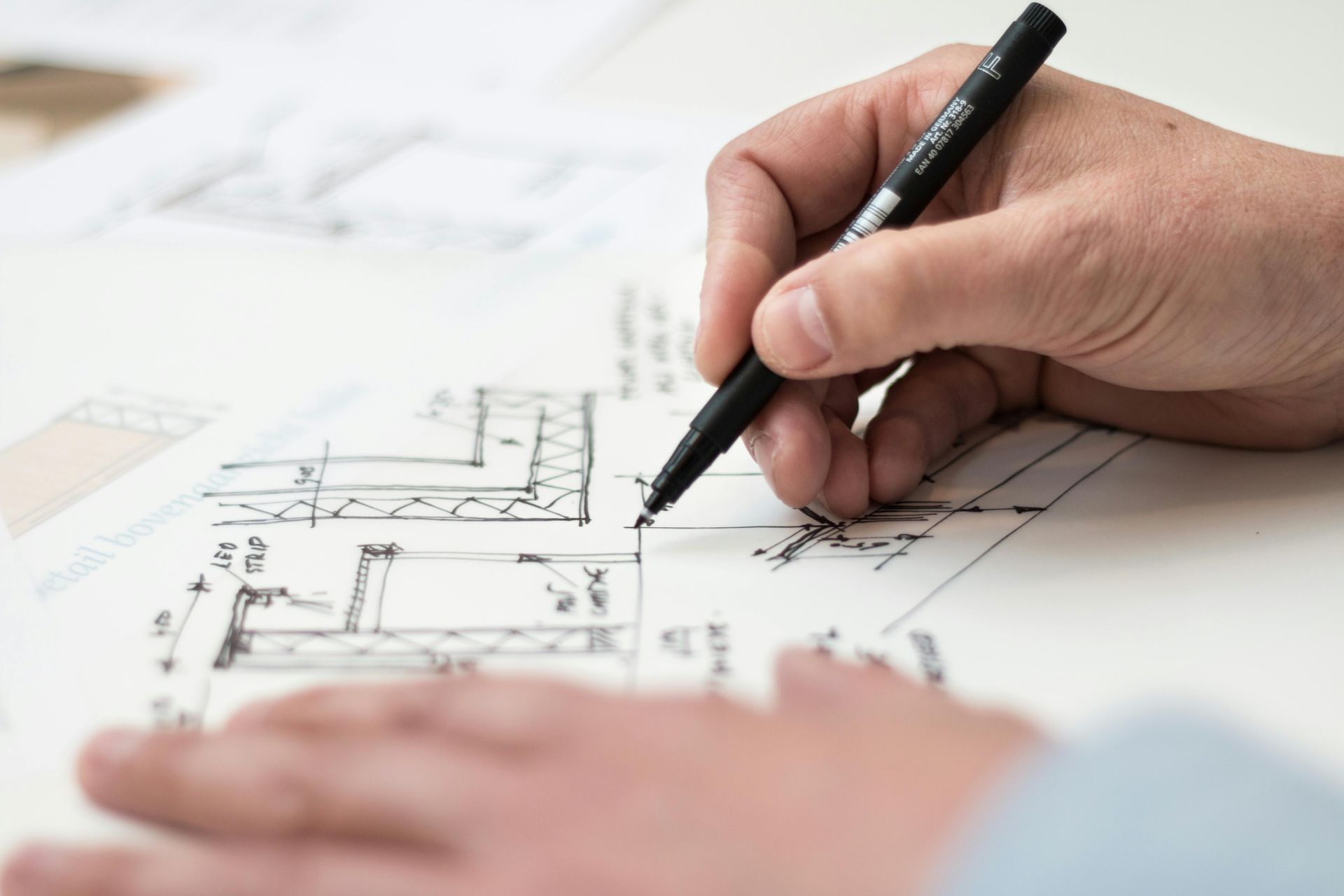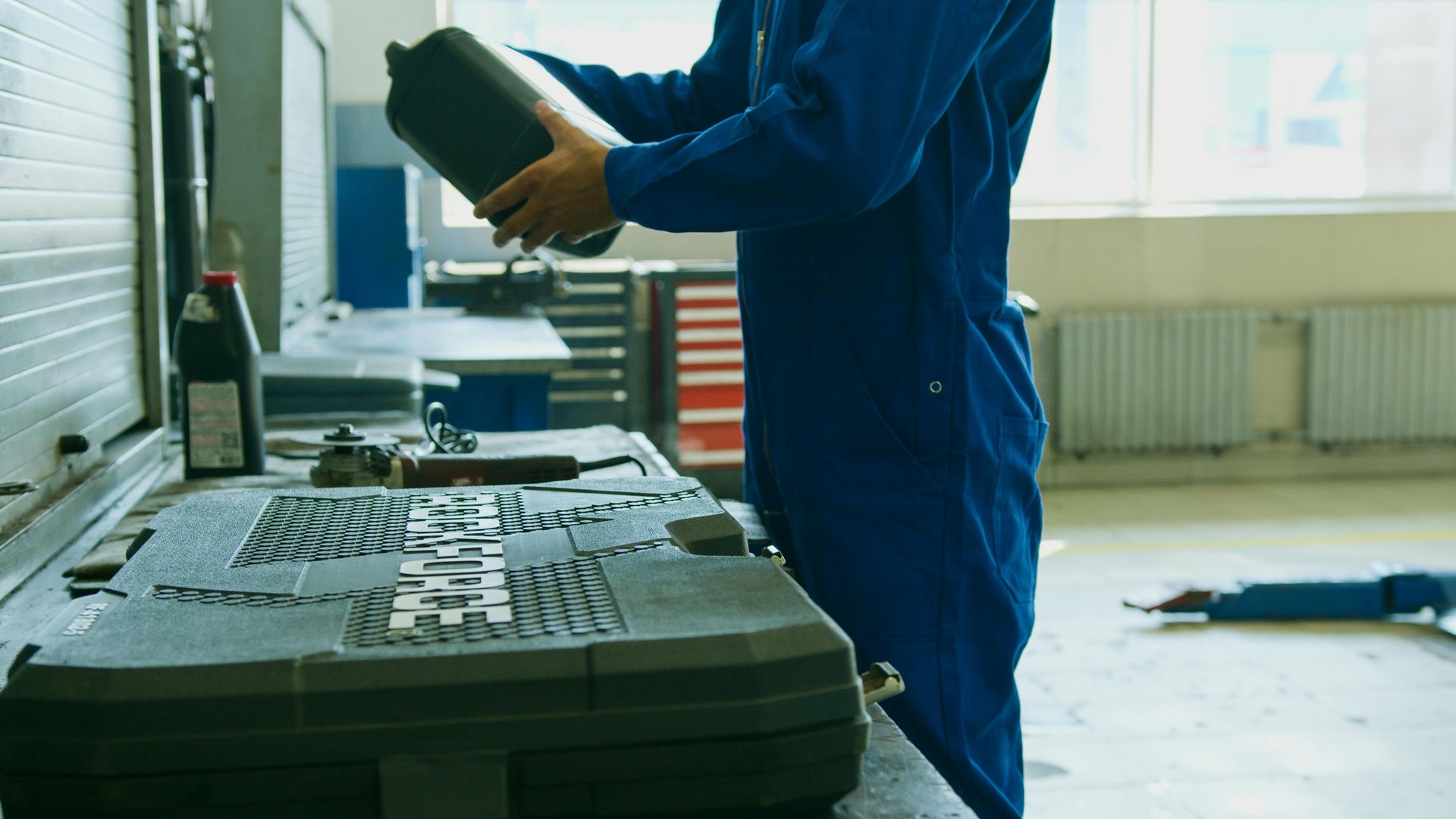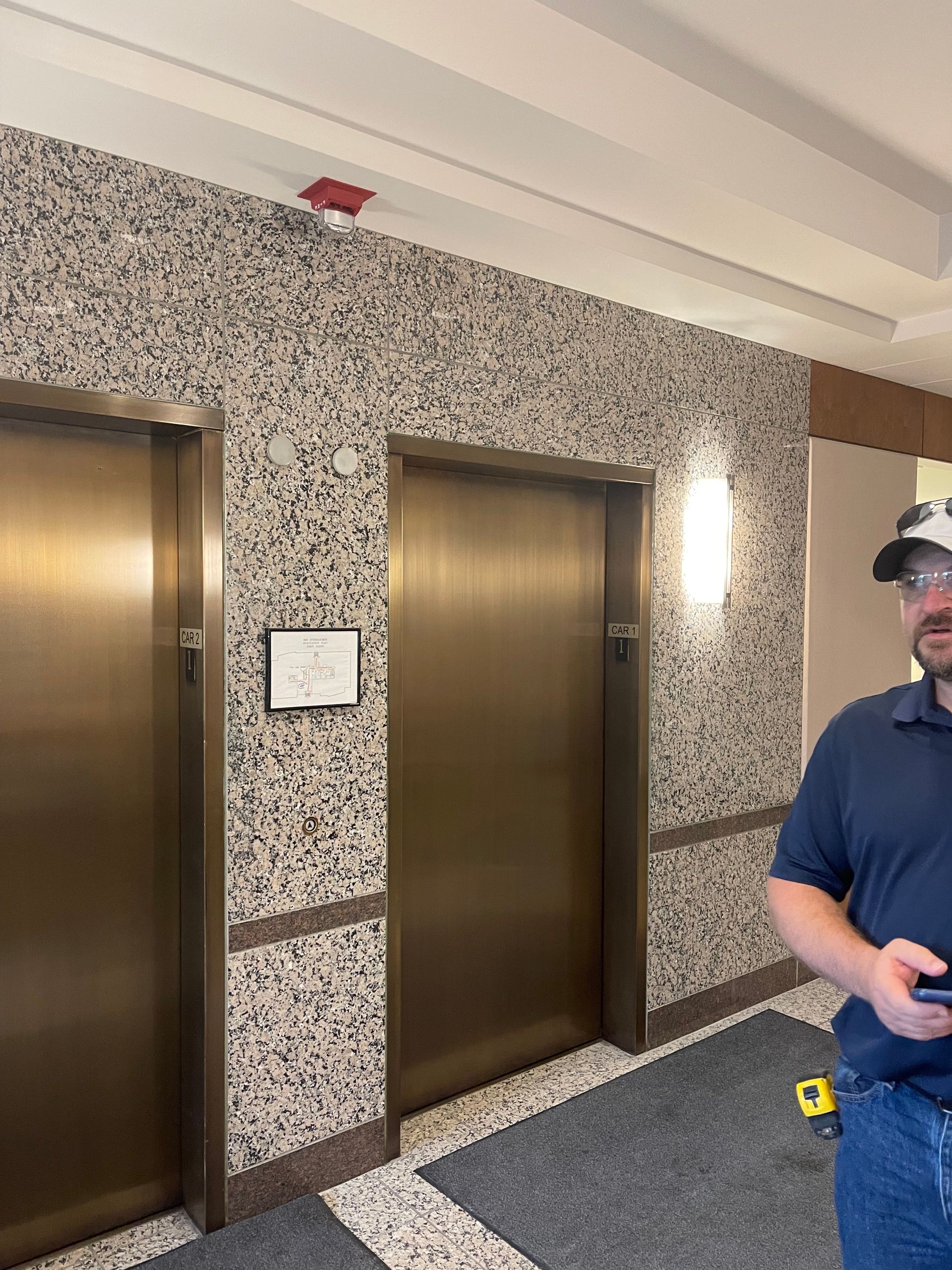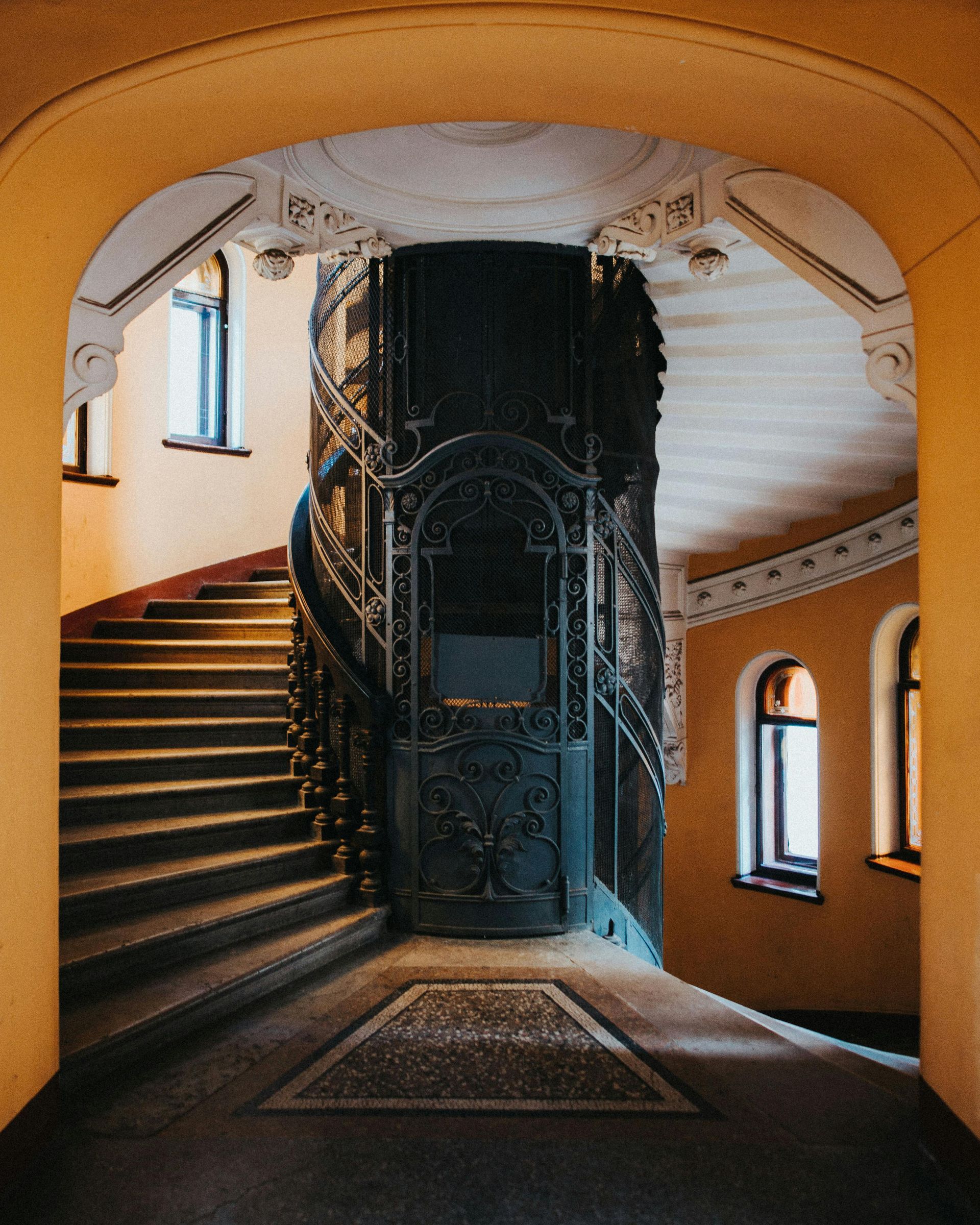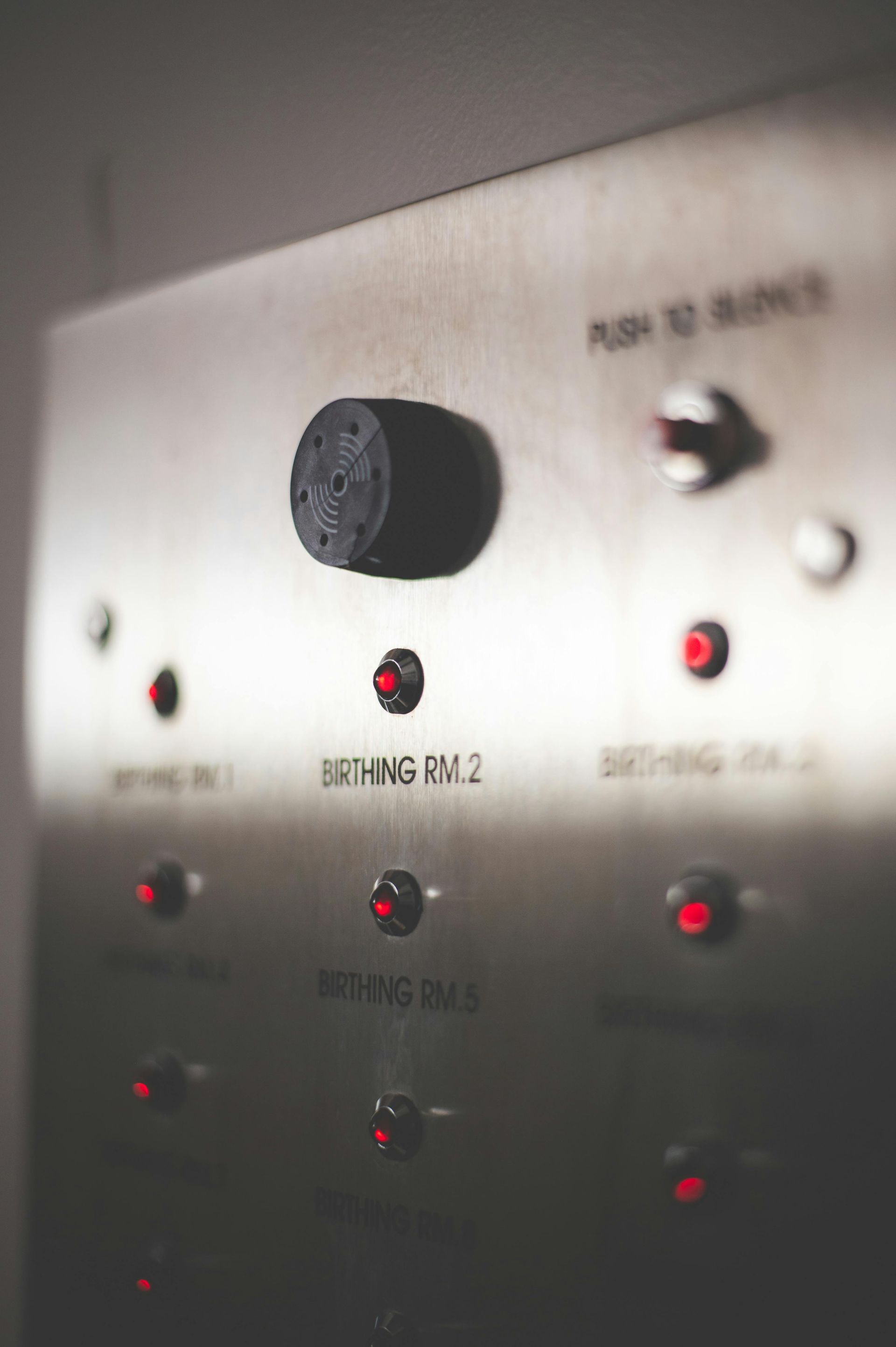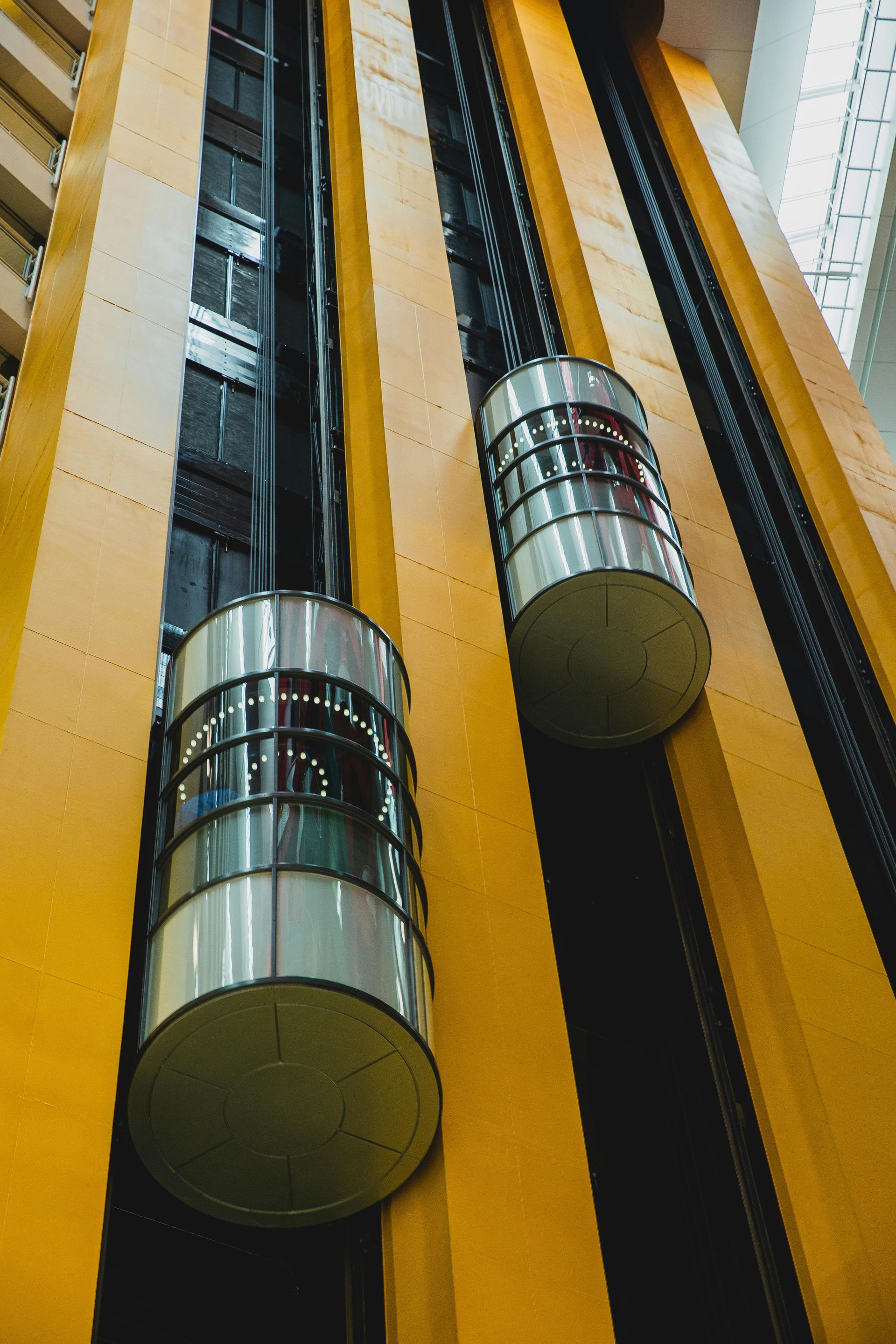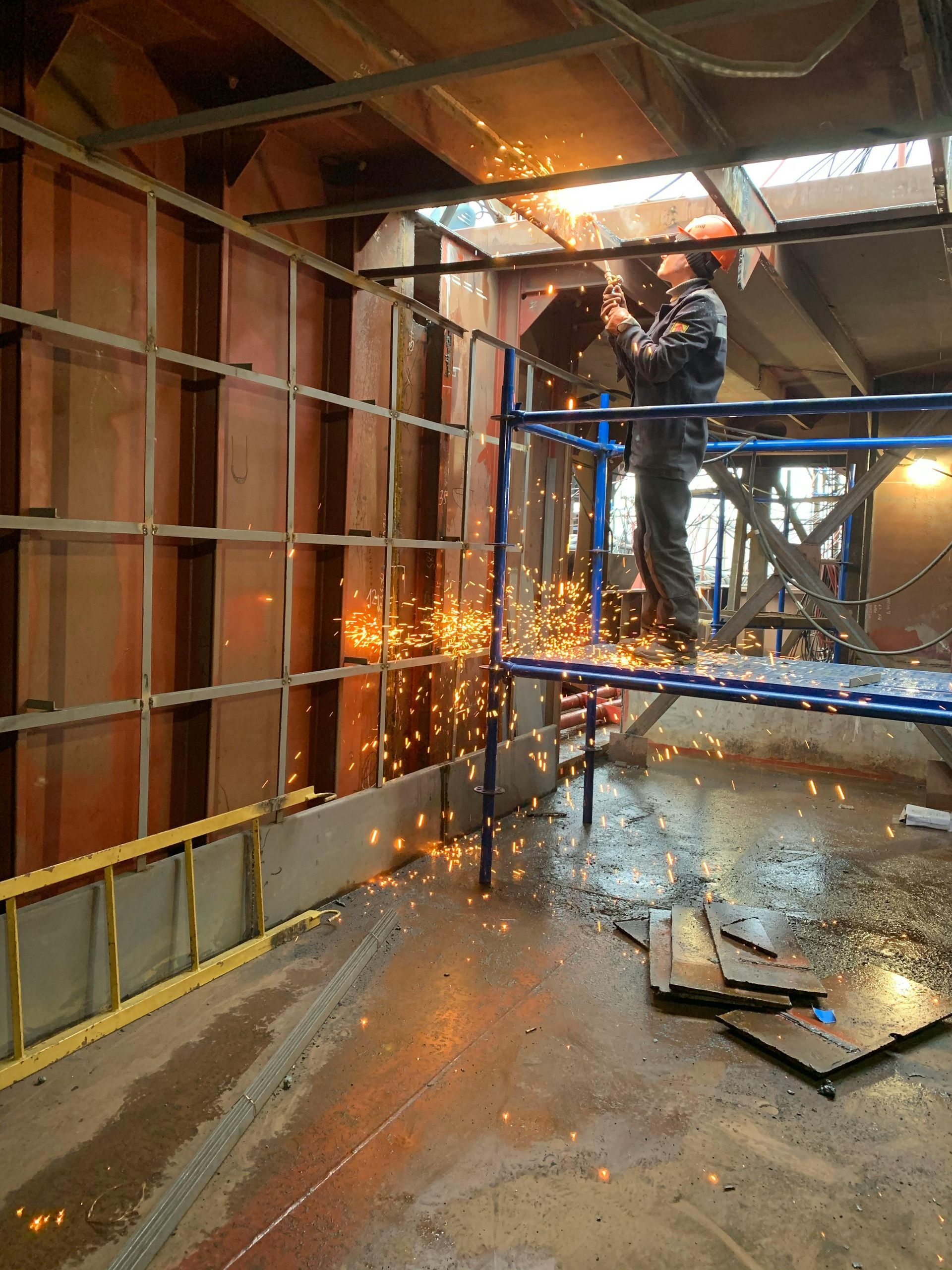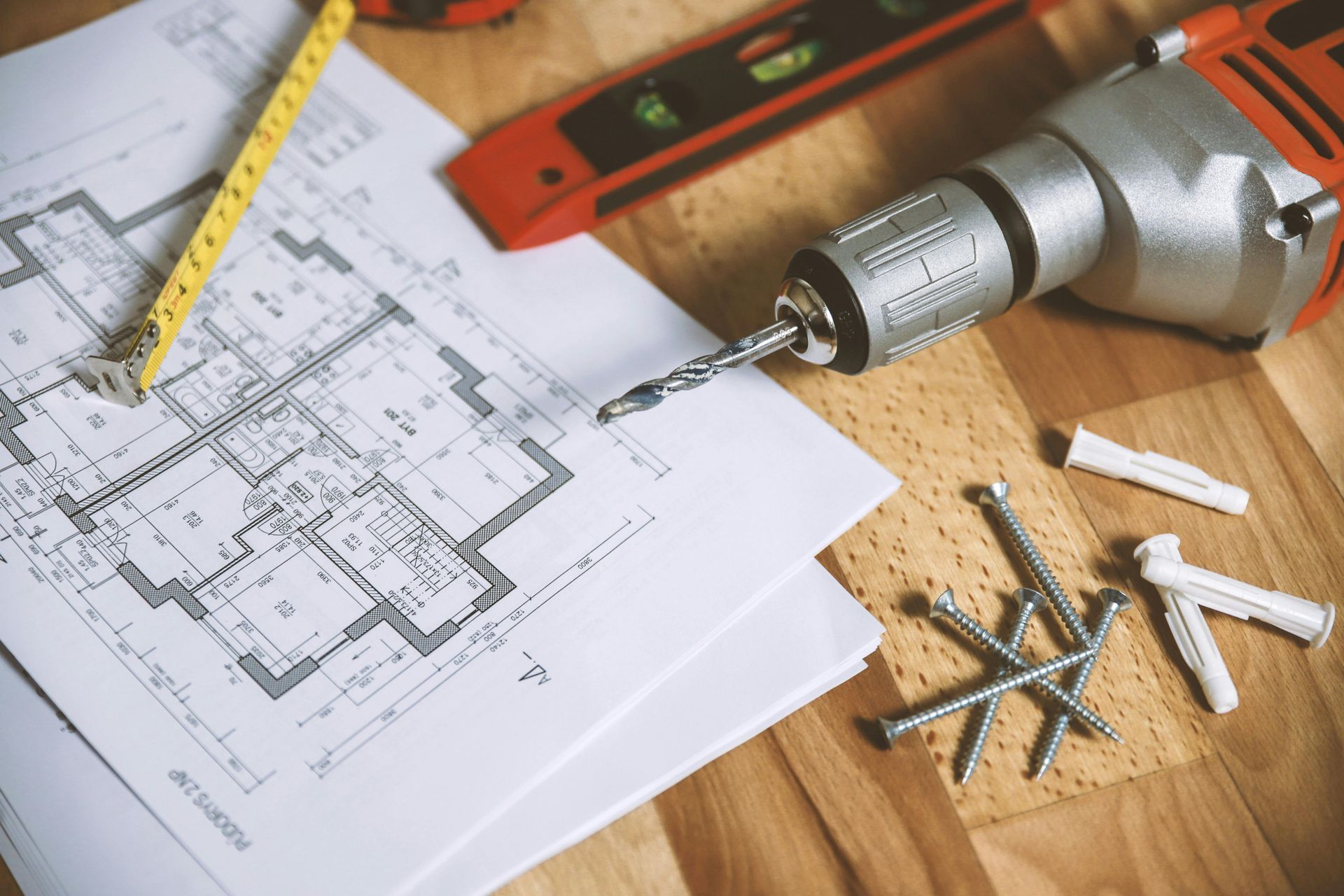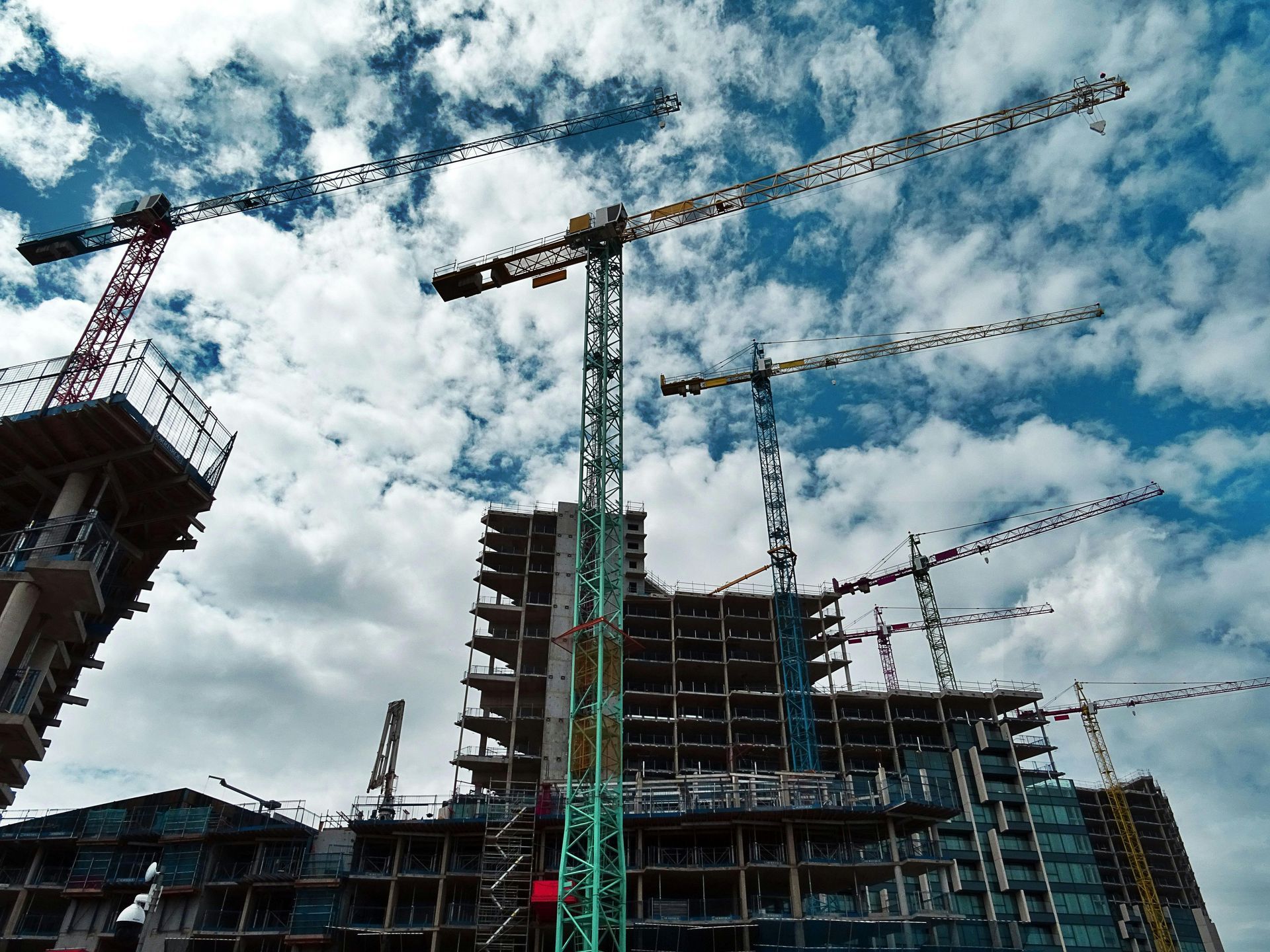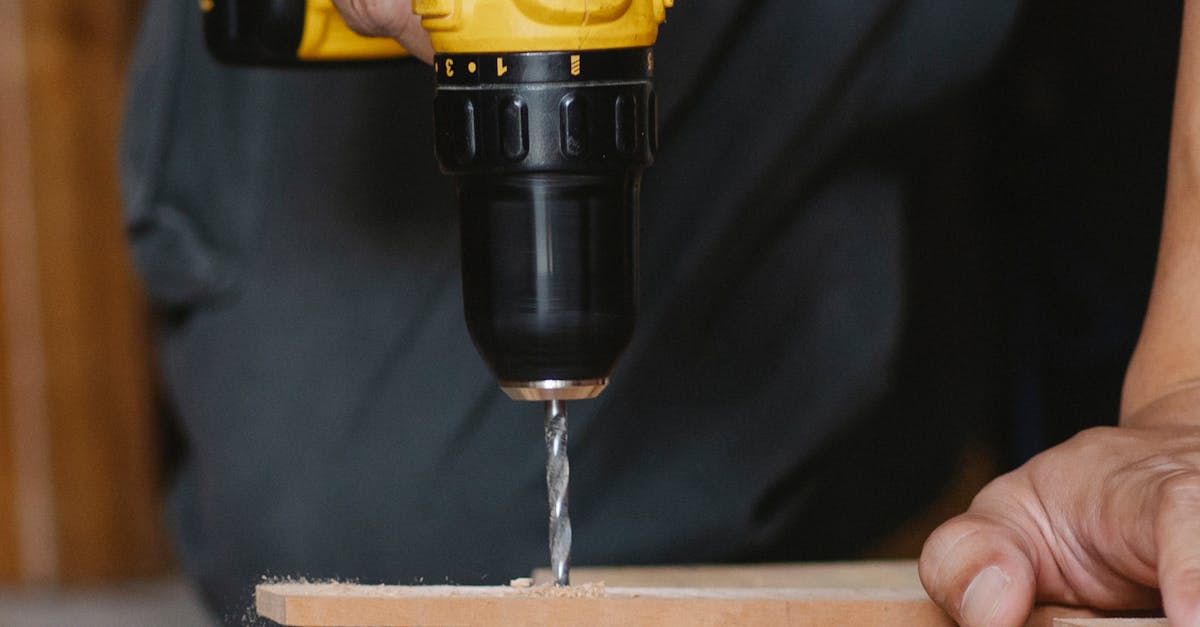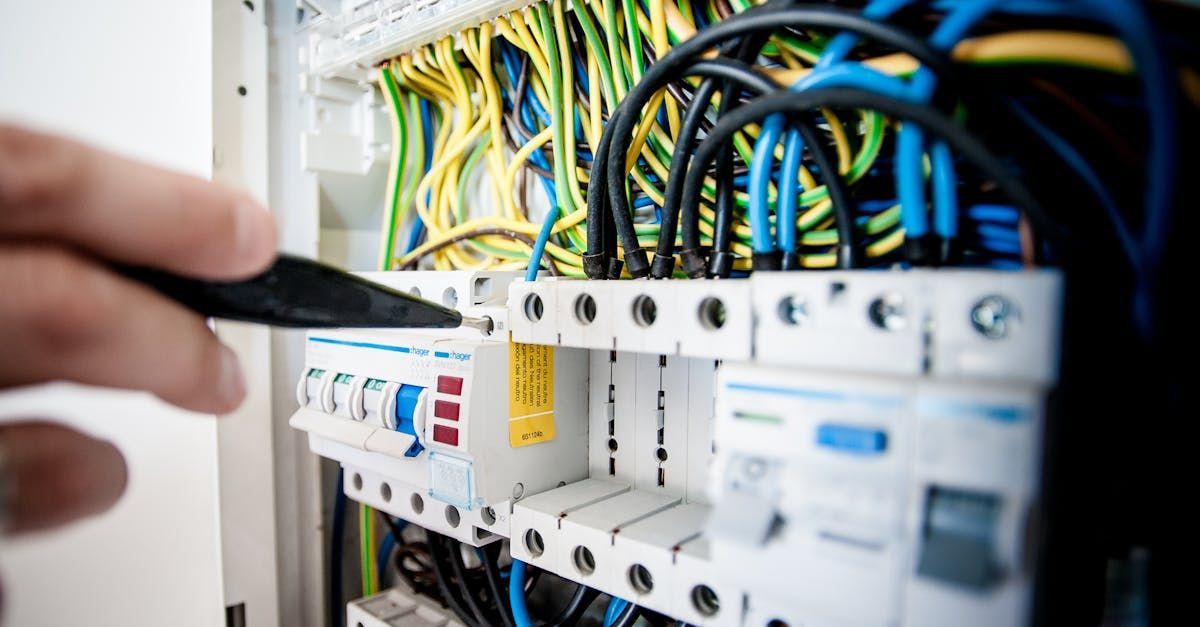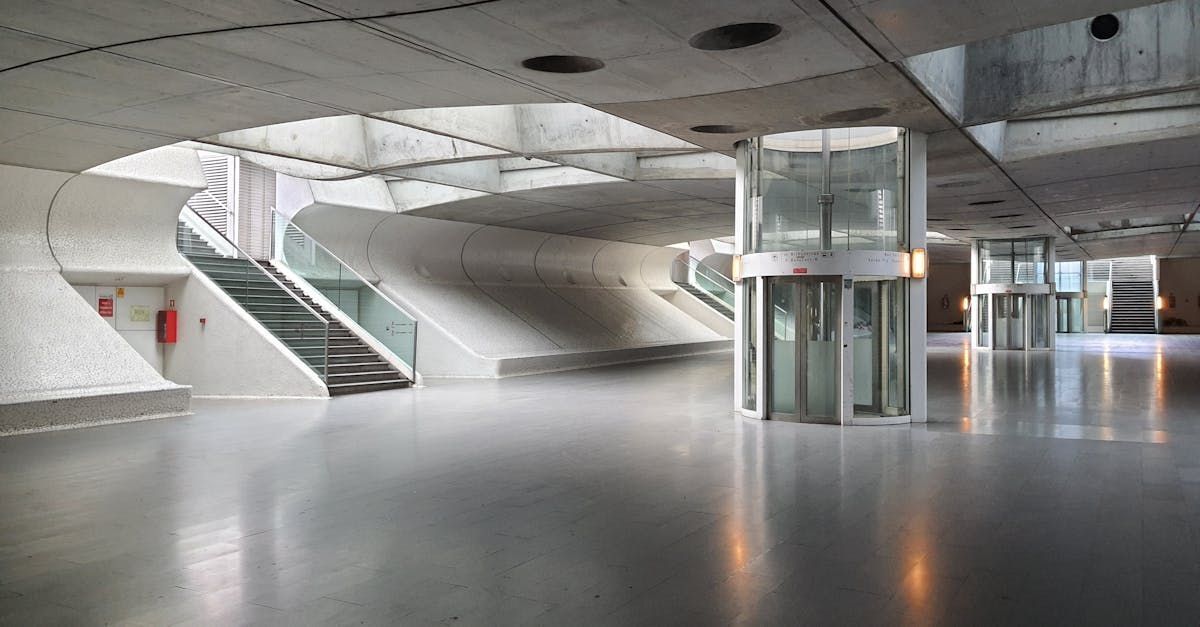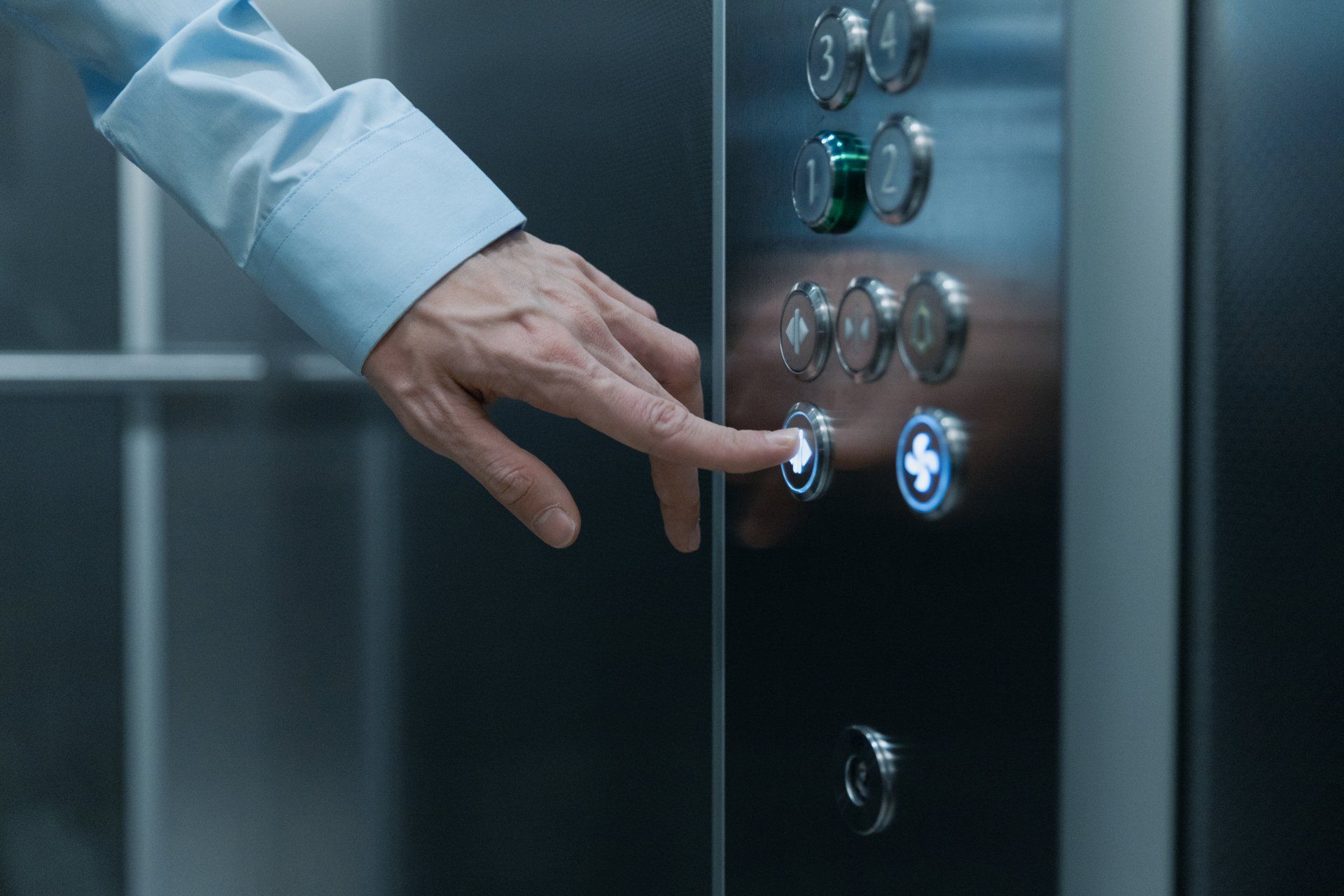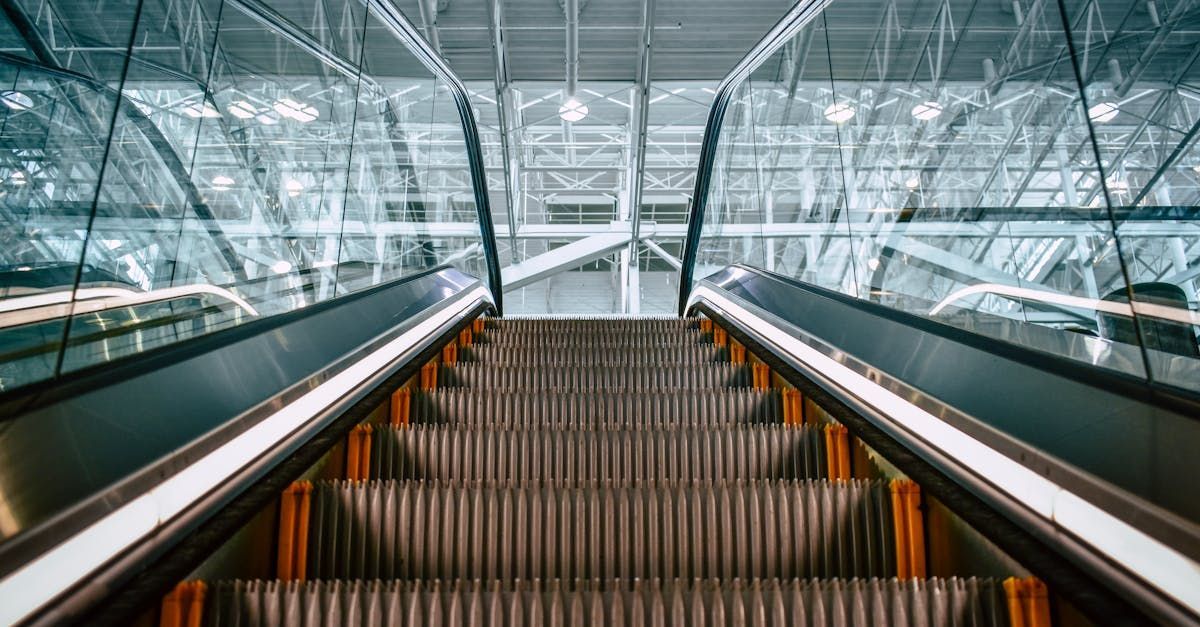Who Invented the Elevator and When?
Key Highlights
- Elisha Graves Otis is credited with inventing the modern elevator due to his design of a safety brake in 1852.
- The invention of the safety elevator paved the way for the development of skyscrapers.
- Otis Tufts is also recognized for patenting a design for an enclosed passenger elevator in 1852, although his design had limitations.
- Today, the Otis Elevator Company is the world's largest manufacturer of elevators and escalators.
- Modern elevators have come a long way from their early beginnings, with advancements such as electric elevators, smart elevators, and even ropeless elevator systems.
Introduction
Elisha Graves Otis is known for inventing the elevator. He made it safe and changed cities like New York. Before his invention, elevators were seen as dangerous and not reliable. In 1852, Otis created the safety brake. This was a key moment. It led to the first passenger elevator being put in a department store in New York City a few years later. His improvements made elevator safety much better.
The Early Beginnings of Vertical Transportation
The idea of moving up and down has been around long before Elisha Graves Otis. Evidence shows that simple elevators were used in ancient Rome. These early lifts were powered by people, animals, or water wheels. They helped with tasks like irrigation and moving heavy items.
As time passed, the need for better ways to move people and goods also grew. By the mid-1800s, during the Industrial Revolution, elevators got more popular. They were used in factories, mines, and other industrial places to carry freight.
Ancient Elevator Concepts
Long before the modern elevator appeared in New York City, simple lifting devices were in use. Ancient Rome is famous for its impressive engineering and shows early ideas for elevators. One important figure is Archimedes, an inventor and mathematician. He is thought to have created a type of hoist around 236 B.C., but it is not clear if it was ever made.
Later on, in the Roman Empire, elevators were part of the impressive Colosseum. Historical records say that a system of hoists, using ropes, capstans, and manpower, moved gladiators and animals from below ground to the arena. This thrilled audiences with exciting entrances. These early examples show how people have always wanted to solve vertical problems.
Renaissance Innovations
Centuries later, during the Renaissance period, people started to notice vertical transportation again. In 1743, King Louis XV of France, who was known for his rich lifestyle, had what is often called the first passenger elevator made for his palace at Versailles. This elevator was called "The Flying Chair." It was on the outside of the building and linked the king's apartment to that of his mistress, who lived one floor above.
The elevator worked with ropes and pulleys, moved by servants who were in the chimney. Although it was simple compared to elevators today, "The Flying Chair" showed how the wealthy wanted easier and fancier ways to travel up and down.
Elisha Graves Otis: The Father of the Modern Elevator
Elisha Graves Otis greatly changed the elevator world. His main invention, the safety brake, was key in making elevators safe and reliable. Before Otis, early elevators did not have a safety feature. This meant that if the hoisting cable broke, elevators could fall.
Such accidents were very common and scared people away from using them. By fixing this problem, Elisha Graves Otis changed the elevator industry and also helped shape modern buildings.
The 1852 Safety Elevator Invention
In 1852, Elisha Graves Otis was working at a bedstead factory when he created his famous safety elevator. This invention added a key safety feature that changed the elevator industry forever. The safety device had a special set of ratcheting teeth on the platform of the elevator car.
If the hoisting cable broke, these teeth would spring out and grip the guide rails. This would stop the elevator car from falling. In 1854, Otis showed off his invention at the New York World’s Fair, held at the Crystal Palace. He bravely went up high and asked his helpers to cut the cable. This daring stunt proved how well his safety device worked.
Impact on Building Architecture
Before Elisha Graves Otis made his game-changing invention, the height of buildings was often limited. People were worried about the safety and usefulness of stairs in tall structures. Otis’s safety elevator changed that, making people feel safe about going up and down in buildings. This new way to travel up and down allowed designers to think big and create tall buildings that changed city skylines forever.
Because of the elevator, moving people and heavy items to higher floors became possible. This led to the rise of modern skyscrapers. Without the constraints of stairs, architects could be more creative and build famous structures like the Empire State Building.
Advancements Post Otis: Elevating to New Heights
After Elisha Graves Otis made important inventions, the elevator industry kept innovating. In the later part of the 19th century, there were major improvements in elevator design and how they worked. This helped elevators become more common in buildings.
These changes allowed for taller, more efficient, and advanced buildings, showing how crucial elevators are in creating the modern city. From the first hydraulic elevators to electric ones, innovation has helped make elevators safer, faster, and more efficient.
The Introduction of Electric Elevators
A key moment in elevator history happened in 1880 when the first electric elevator was introduced. This was a big change from the older systems that used steam or hydraulics. The use of electricity changed the elevator industry. It brought in speed, efficiency, and new uses for elevators.
In 1889, the Otis Elevator Company took advantage of this new technology. They installed the first successful electric elevator for sale. This meant there was no longer a need for large steam engines or hydraulic systems. This made designs more space-efficient. As the 20th century began, electric elevators quickly became the standard and they are still the most common type used today.
The Skyscraper Revolution
The invention of the electric elevator changed city planning and building design a lot. In the late 1800s and early 1900s, many U.S. cities, especially New York City, saw a huge increase in the number of skyscrapers being built. Taller buildings created more office space that was urgently needed because the Industrial Revolution drew many people to cities for jobs.
These tall buildings were hard to build before because stairs limited how high people could go. But now, with electric elevators that are safe and efficient, these structures became possible. This change altered the skylines of big cities. The lifts made it easy to move many people up and down, which led to the crowded, vertical cities we have today.
Notable Elevators Around the World
From the simple hoists used in ancient Rome to the modern elevators that quickly take people up many floors, we can see how elevators have changed a lot. Over the years, they have gone from basic platforms to amazing pieces of technology.
Now, millions of people around the world use elevators every day. Some elevators are famous for their engineering, history, or stunning views. These special elevators show us the different ways elevators are used and how technology has improved in the elevator industry.
The Empire State Building's Iconic Lifts
Completed in 1931, the Empire State Building in New York City was the tallest building in the world for nearly 40 years. Today, it is still a famous architectural building. Standing over 100 stories tall, the elevators were an amazing engineering achievement back then.
This Art Deco gem uses a huge network of 73 elevators, including six freight elevators. These elevators help move more than 10 million people, both tenants and tourists, every year. The Empire State Building’s elevator system is known for its speed and efficiency. It has played an important role in making this skyscraper well-known.
Burj Khalifa's Record-Breaking Elevators
The Burj Khalifa in Dubai is the tallest building in the world. It has the world's highest service elevator, which goes up 163 floors. Finished in 2010, this amazing building keeps breaking new ground in engineering, and its elevator system is impressive, too.
The Burj Khalifa has advanced double-decker elevators. They are built to move a large number of people quickly around this tall city. The elevators can reach speeds over 35 mph. This makes them some of the fastest in the world and offers passengers an exciting experience.
The Future of Elevators: Innovations and Concepts
The development of elevators is still going strong. New technology keeps changing the elevator industry. Exciting advancements like magnetic levitation, artificial intelligence, and machine-learning will improve elevator design, safety, and efficiency even more.
Ideas such as ropeless elevators and sideways-moving elevator cars are not just dreams; they show the endless options for moving people upward. Elevator companies are always working to meet the fast growth of cities and the need for green solutions. We can look forward to more innovative changes in the future.
Ropeless and Sideways Moving Elevators
Ropeless elevators are a fascinating new technology changing the elevator industry. They use linear motor technology to move elevator cars up and down without using traditional cables. Because there are no cables, designers can create elevators in new ways.
For example, elevators could move not just up and down but also side to side. This could change how buildings are designed. Instead of driving in one straight line up a shaft, elevators would have more freedom to move. This gives a new sense of efficiency and flexibility in transportation inside a building.
Smart Elevators: AI and Machine Learning
The elevator industry is changing a lot with smart technologies. Artificial intelligence and machine learning are key parts of this change. Elevators are becoming better at understanding how many people use them. They learn from traffic patterns to improve travel times.
These improvements are not just to make things easier. They help make elevator systems work better, cut down on wait times, and save energy. By looking at how buildings are used and predicting when people will need them, smart elevators group passengers heading to similar floors. This helps everyone get to their destinations faster, especially in busy buildings.
Conclusion
The way elevators have changed from old ideas to modern tools has changed how we move up and down in buildings. Elisha Graves Otis created the first safe elevator in 1852. This invention helped make tall buildings, like skyscrapers, possible. You can see amazing elevators in famous places like the Empire State Building and the Burj Khalifa. Looking ahead, we can expect ropeless elevators that move sideways and smart elevators that use AI. Elevators play a big role in our cities and help with better design that is also good for the environment. Knowing about their history shows how much elevators have helped with buildings and city development, making sure people can get around safely and easily.
Frequently Asked Questions
Did Elisha Otis invent the first elevator?
Elisha Graves Otis is known for creating the safety brake. This is an important part of today’s elevators. But, he didn’t invent the first elevator. His safety device and the first passenger elevator helped him become known as the "Father of the Modern Elevator."
How did elevators impact urban development?
The elevator played a key role in the growth of cities. It made it possible to build taller buildings, like skyscrapers. This helped to use land better and allowed more people to live in city areas.
What are the safety features in modern elevators?
Modern elevators have many safety features. They use several steel cables to support the cabin. There is a counterweight that helps balance the elevator. They also come with different braking systems. These include safety brakes, electromagnetic brakes, and automatic brakes. All these features work together to keep passengers safe.
Can elevators operate during a power outage?
Most modern elevators can deal with power cuts. They have backup power systems, which help them take passengers to the nearest floor safely. Buildings usually have safety rules for these kinds of situations.
What is the tallest elevator ride in the United States?
The tallest elevator ride in the United States is in Chicago's Willis Tower, which used to be called the Sears Tower. It takes you up to the 103rd floor at an amazing height of 1,450 feet.
Innovators Beyond Otis: Other Key Figures in Elevator History
Elisha Graves Otis is well-known, but many other inventors helped shape the history of elevators. Alongside Otis, there was Otis Tufts, who played an important role. He designed one of the first passenger elevators. Then there was Cyrus W. Baldwin, who created key safety devices. Together, they all made a big impact on elevators.
Environmental Sustainability in Elevator Design
Modern elevator design is focusing more on environmental sustainability. For example, it includes green technologies like regenerative drives. These drives recover energy when the elevator brakes and operates. Energy-efficient LED lighting is another example of this effort.

